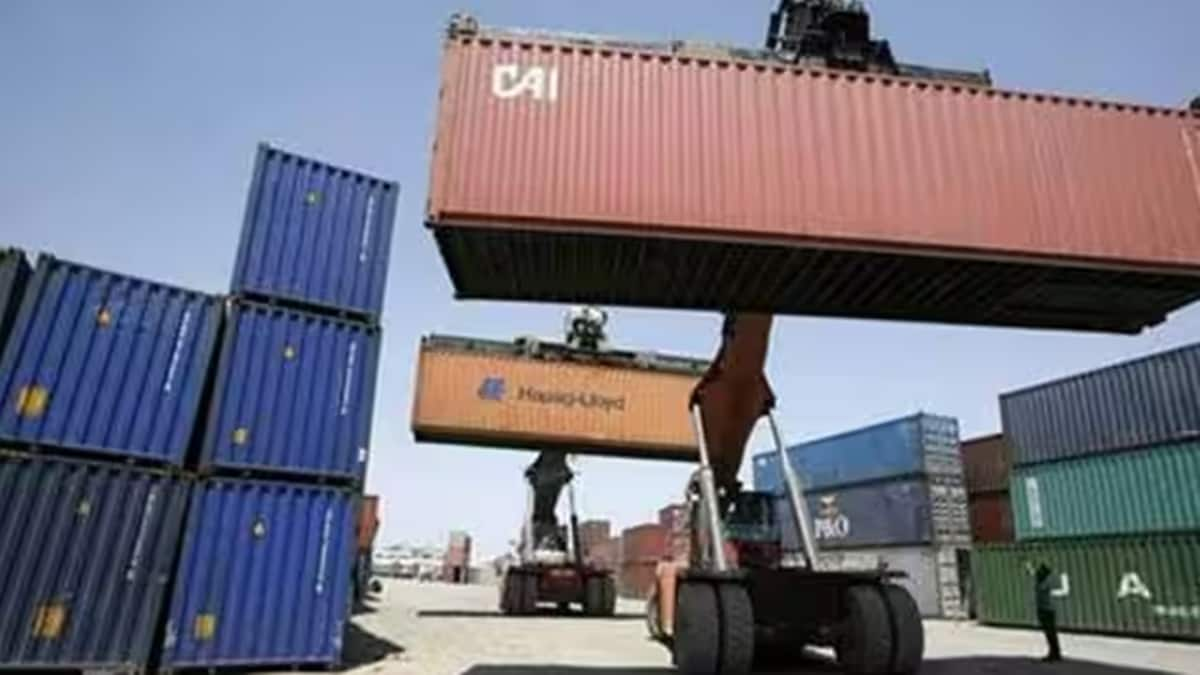Government’s economic policy think tank Niti Aayog has initiated a study on how to reduce dependence on Chinese imports and reduce trade gap with the northern neighbour while simultaneously rolling out the process of identifying at least 12 sectors which have the potential to transform the country into a manufacturing hub.
Study on China is part of the bigger process to align India’s trading strategies with emerging geopolitical situations and political risks to safeguard supply chains. In certain industries China is central to certain supply chains that raises its vulnerability during crisis situations.
The Niti Aayog has invited bids from consultants to lead the two studies in areas of reducing trade gap with China and boosting local manufacturing. Last day of submission of the two bids is 7th November While the two studies will be conducted separately their areas overlap.
The group examining ways to reduce trade deficit with China will have to identify product categories where India has comparative advantage to scale up exports to China. The study will also examine tariff and nontariff barriers, regulatory ecosystem and market access concerns for Indian exports to China.
The China study group will also have to recommend key policies to boost domestic production and productivity in sectors not only to reduce the trade deficit with China but also to capitalise on global supply chain shifts. Analysis of the type and quantum of foreign investment which may bridge the technology gap and utilise the abundant domestic manpower for competitive products will alos be the part of the study.
India’s trade deficit with China is increasing each passing year. In FY 23 it touched $83.1 billion from $53.5 billion in FY 19. Last year, of the total trade deficit of India, China accounted for $263 billion, China’s share was 32%.
India largely imports capital goods from China, followed by intermediate goods, consumer goods and raw materials.
The objective of Research Study on sectors for India to be a global manufacturing hub is to identify the sectors with most significant opportunities by analysing future trends in manufacturing, industrial capabilities, infrastructure, policy framework, and market potential. The study will analyse at least 12 sectors and their future trends.
It will also assess the infrastructure requirements, including transportation, logistics, power supply, and digital connectivity, for each identified sector. Policy framework, including regulatory environment, tax structure, trade agreements, and ease of doing business, relevant to manufacturing in India will also be examined.
Manufacturing accounted for 14.7% of India’s Gross Domestic Product in 2022-23 and has been languishing around this figure for the past decade despite many efforts made to increase it to 25%.
To boost manufacturing there have been numerous efforts and policy intervention in the past. Now the flagship scheme for the purpose in Production Linked Incentive scheme with an outlay of Rs 1.97 trillion for 14 manufacturing sectors.

Leave a Reply